Gear Effect in Golf
Let's begin by considering what happens to ball flight when the ball is not hit in the center of the clubface. If the impact of the ball is not in line with the center of gravity of the clubhead and the target, the club will twist around its center of gravity.
The clubhead is deflected back away from the ball by the off-center hit, and spin in the opposite direction is imparted to the ball. The ball and clubhead rotate in the opposite direction like connected gears.

Ball spin force in the opposite direction of clubface movement adds curvature to the flight of the ball. A toe hit sends the ball to the left, and a heel hit sends the ball to the right. A driver with a flat face would yield unacceptable shot dispersion. These effects are not intuitive unless you think about the ball and the clubhead as connected gears that rotate in opposite directions as a result of the impact.
To minimize the hook or slice effect, modern drivers are typically designed with a radius of 12 - 13 degrees of horizontal heel-to-toe curvature (bulge) and vertical sole-to-crown curvature (roll) to counteract the undesired ball flight effects of an off-center impact of the ball on the clubface. An example of bulge is illustrated below.

Bulge functions as a compensation for excess slice or hook trajectories that come from off-center hits. Curvature of the clubface starts the ball further to the right or left allowing gear effect to bring the ball closer to the desired target direction than would otherwise be possible with a flat club face.
Vertical roll has become significant in modern drivers with tall clubface dimensions by increasing or decreasing the effective loft at impact. Ball contact on the upper surface of the clubface opposes backspin, and contact on the lower section of the clubface enhances backspin.

Gear effect can change the tilt of the ball spin axis. The magnitude of the change reflects the difference in loft and face angle that is generated by the bulge and roll design. The gear effect generated by vertical roll can change backspin by more than 1000 rpm (about 20% - 30% of total backspin for most driver impacts) and have a substantial effect on ball trajectory and distance. In combination with horizontal bulge action as in low heel or high toe hits, gear effect can have a major impact on the shape of the ball flight.
Vertical gear effect is affected by the center of gravity of the driver. When the center of gravity is close to the clubface, gear effect is less than when the center of gravity is further back or lower in the clubhead.
Monitoring the ball contact location on the clubface via impact tape or impact powder spray is an essential technique in clubfitting, especially with the driver. Measuring club parameters that maximize center contact and minimize heel and toe hits is an important key for achieving distance and accuracy.
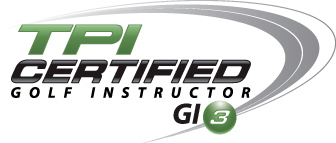

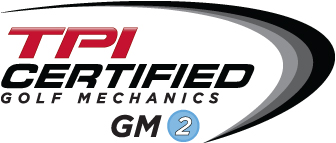



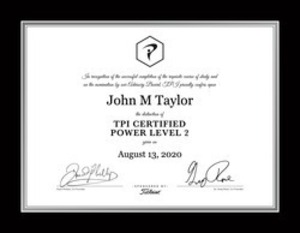


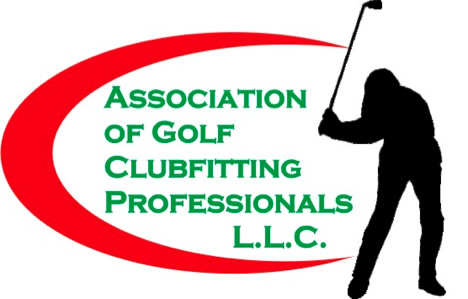

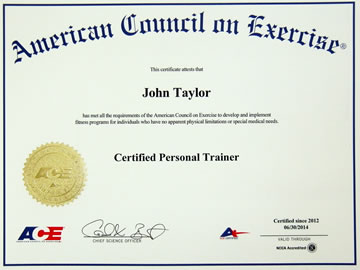
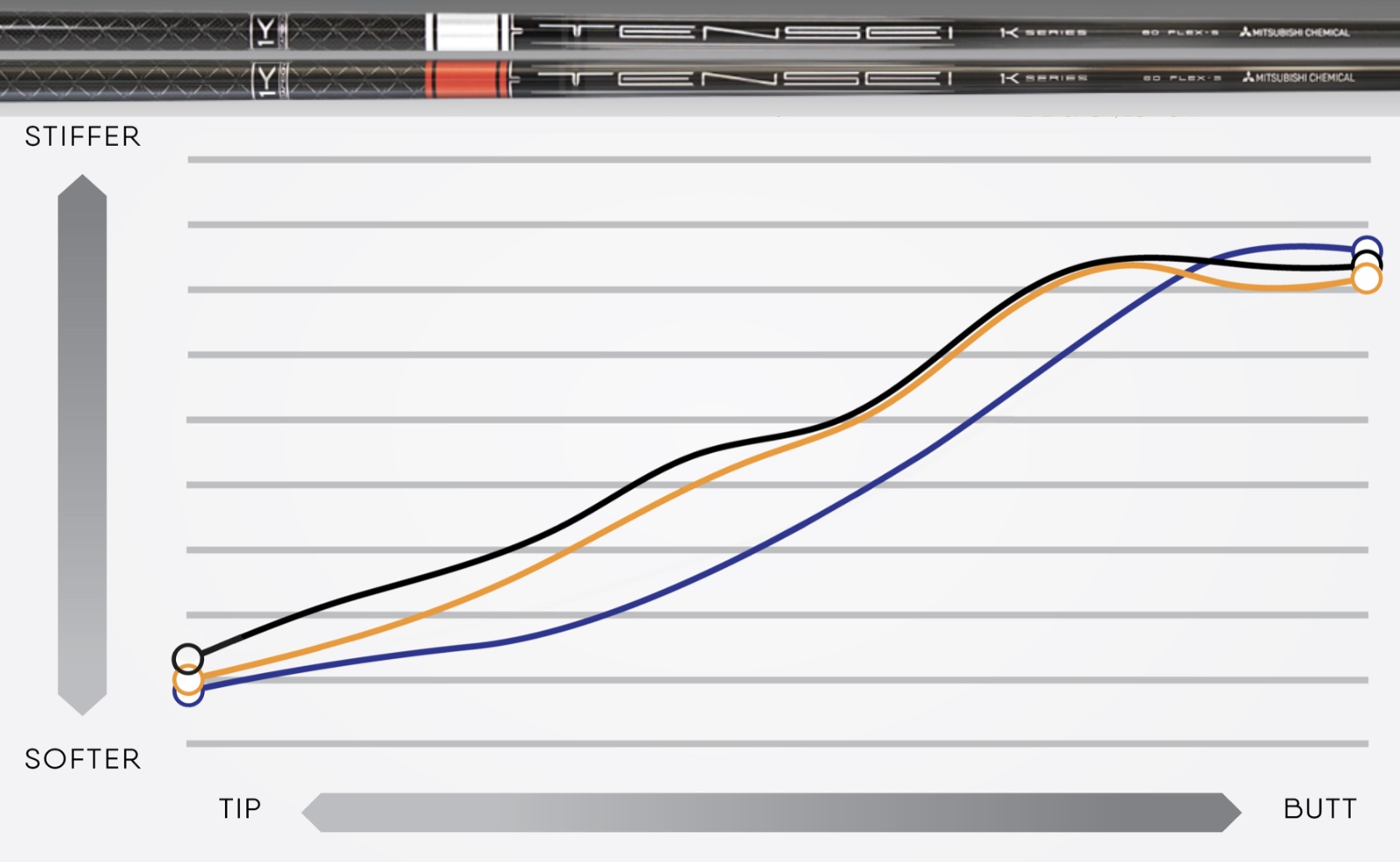






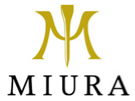
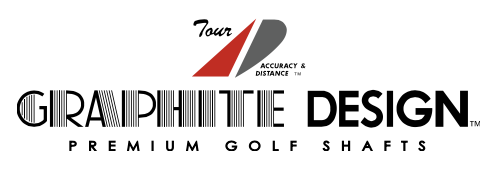



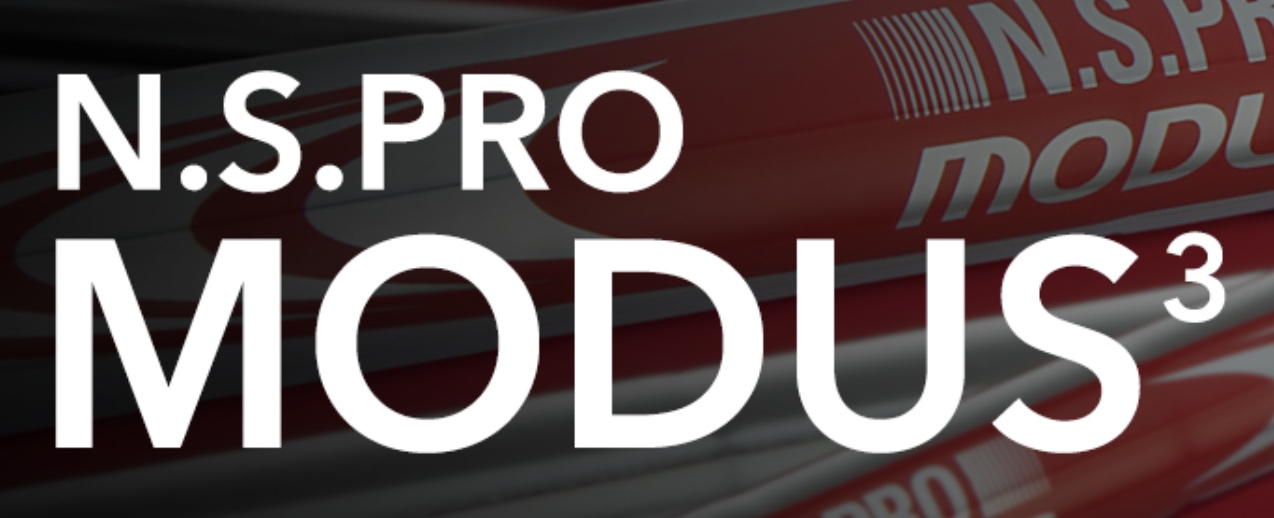


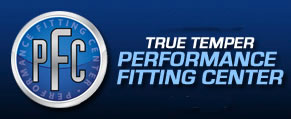

 John Taylor
John Taylor
Reader Comments